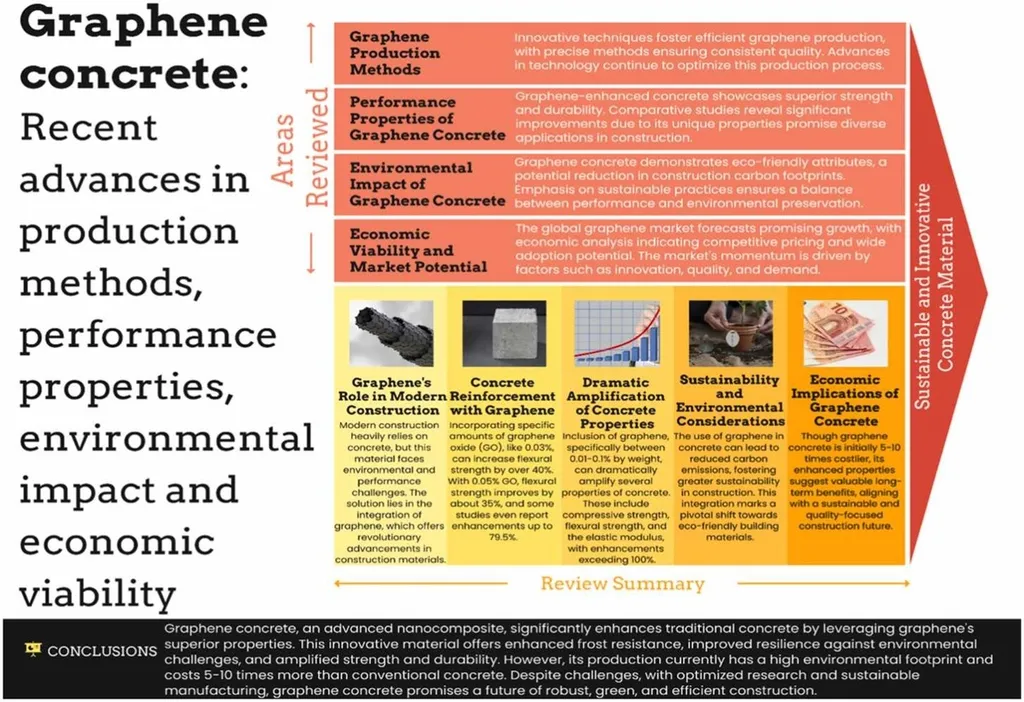In the quest to bolster the longevity and resilience of concrete structures, researchers are turning to the nanoscale, and the results are promising. A recent study led by Gnanamoorthy P. from the Department of Civil Engineering has delved into the potential of zeolite and nano-ferric oxide to enhance concrete properties, with a particular focus on the energy sector’s needs.
The research, published in the journal *Advances in Materials Science and Engineering* (which translates to *Advances in Materials Science and Engineering* in English), explores the use of these nanomaterials as partial substitutes for cement, coupled with the incorporation of polypropylene granules. The goal? To create a more durable and mechanically robust concrete that can withstand the test of time and the demands of modern infrastructure.
“Our findings indicate that the optimal dosage of zeolite is 10.0% and nano-ferric oxide is 1.0%,” Gnanamoorthy explained. “This combination significantly improves the compressive, split tensile, and flexural strengths of the concrete, as well as its modulus of elasticity.” The study further revealed that adding 1.0% polypropylene granules to this mix enhanced both the mechanical properties and durability of the concrete.
The implications for the energy sector are substantial. Concrete is a fundamental material in energy infrastructure, from power plants to renewable energy installations. Enhancing its durability can lead to longer-lasting structures, reduced maintenance costs, and improved safety. “The potential applications are vast,” Gnanamoorthy noted. “This research could pave the way for more resilient energy infrastructure, ultimately contributing to more sustainable and efficient energy production and distribution.”
The study’s findings suggest that the optimal mix of zeolite, nano-ferric oxide, and polypropylene granules could set a new standard for concrete used in energy sector projects. As the industry continues to evolve, the integration of nanomaterials into construction practices could become a game-changer, driving innovation and improving the overall quality and longevity of energy infrastructure.
In the broader context, this research underscores the importance of exploring advanced materials and technologies to meet the growing demands of the energy sector. As Gnanamoorthy and his team continue to push the boundaries of materials science, the future of concrete—and the structures it supports—looks increasingly promising.

